Drenched in champagne and holding court in the middle of a swarming locker room packed with reporters and players, Pat Riley looked more like a stockbroker than the mastermind behind the back-to-back world champions of basketball. 1988 was a legacy-defining year for the Lakers — with a thrilling Game 7 victory in the NBA Finals, Riley had coached Los Angeles to its fourth ring of the decade, vanquished a new Eastern Conference rival in the young Detroit Pistons, and cemented the “Showtime” era of up-tempo, fastbreak Laker offense.
The team of the decade, featuring so many faces and moments worthy of attention, was flashy and brash, much like their city. Magic Johnson, Kareem Abdul-Jabbar, “Big Game” James Worthy, Byron Scott, and Kurt Rambis were all supernovas of personality who would be involved in the league for decades to come — and still, nobody managed to outshine the coach.
For the gamut of historically successful NBA coaches, the same formula applies. A certain style is determined — often something the coach deems important, or maybe something the team is good at — and this becomes a point of emphasis, bordering on defining. Known for his expensive suits and signature hairstyle, Pat Riley’s persona fit right into that of his Hollywood squad. Magic Johnson could be trusted to manage the Showtime offense, but it was Riley’s leadership that turned the fastbreaks into playoff wins.
Similarly, Phil Jackson understood that he had the personnel to run a triangle offense and enjoyed great results. Gregg Popovich disliked the three-point reliance of the league, but he recognized the direction of the league, revised his gameplan, and contracted deadly three-point marksmen to lead the Spurs to titles beyond the 2000s.
Coaching styles may be different, but all great NBA coaches stress the importance of being committed to and focused on the ultimate goal: the trophy. Winning an NBA championship is an incredibly difficult task, one that is never promised, no matter how much preparation and practice a team puts in. Every shot, dribble, and pattern is meticulous and intended to replicate an in-game experience. A moment wasted, or done “through the motions,” is a shot missed or pass stolen on gameday.
To demand precision from a team, its coach must set a high standard at which the team must operate. For certain franchises, reminders of this standard may already exist in the form of banners hanging from the arena or retired jersey numbers soaring in the rafters. Perhaps it is the identity of a city that defines a team — like Memphis’ perpetually hard-nosed defenses or New York’s gritty low post proficiency — but ultimately, the standard of a team is determined by how far the team can be expected to go by the season’s end. This supposed commitment to excellence makes the plight of NBA coaching attire highly troubling.
From a novice perspective, the visual of an NBA coach and staff wearing suits on a sideline is rivaled only by that of an elderly baseball manager in the entire team getup. Odd, one could say, that the coaches wear suits to sit meters away from a basketball game. Surely a suit is unnecessary and whatever message the suit sends can be done with a quarter zip, or maybe just a team-issued polo shirt. However, for years, the suit has set, at the very least, an unofficial standard of excellence.
In the HBO comedy show “Curb Your Enthusiasm,” Ed Asner plays the character of an elderly man who gets angry at his lawyer for dressing down on Friday. His message is simple: when important things are to be done, dressing accordingly is a part of handling the situation. And much like one would see in a law firm, a suit is perhaps the most subtle yet overt way of conveying professionalism.
On a basketball court, when tasked with coordinating the mental and physical aspects of five of the most athletic young athletes, aiming to develop a unified attack intent on demoralizing and defeating a worthy opponent, this is where the suit is most needed.
NBA coaches have limited time. Therefore, any time a message can be sent subliminally, it is a mini-victory. A simple sartorial decision can effectively convey a message that words cannot. If a coach calls a timeout in the waning moments of overtime, imploring his nearly dead-tired team to conjure up enough energy for a game-saving play, the players may subconsciously respond more positively to the additional and almost unintentional messaging of steadiness, competence, and dedication that a suit jacket and tie represent.
This season, younger NBA teams that have been in the lottery for several seasons are now starting to build their core identities for the near future. The Magic, Thunder, Spurs, and Rockets all have young rosters and will be the teams to contend with in upcoming years. To differentiate themselves from the other teams, their coaching staff will need to think of out-of-the-box ways to gain the upper hand over their opponents who field players with similar skillsets and capabilities. In this situation, the mental aspect of the game is crucial, and re-implementing a suit as attire could afford these teams a few wins through heightening a standard of excellence, something that does not exist right now in the league’s younger teams.


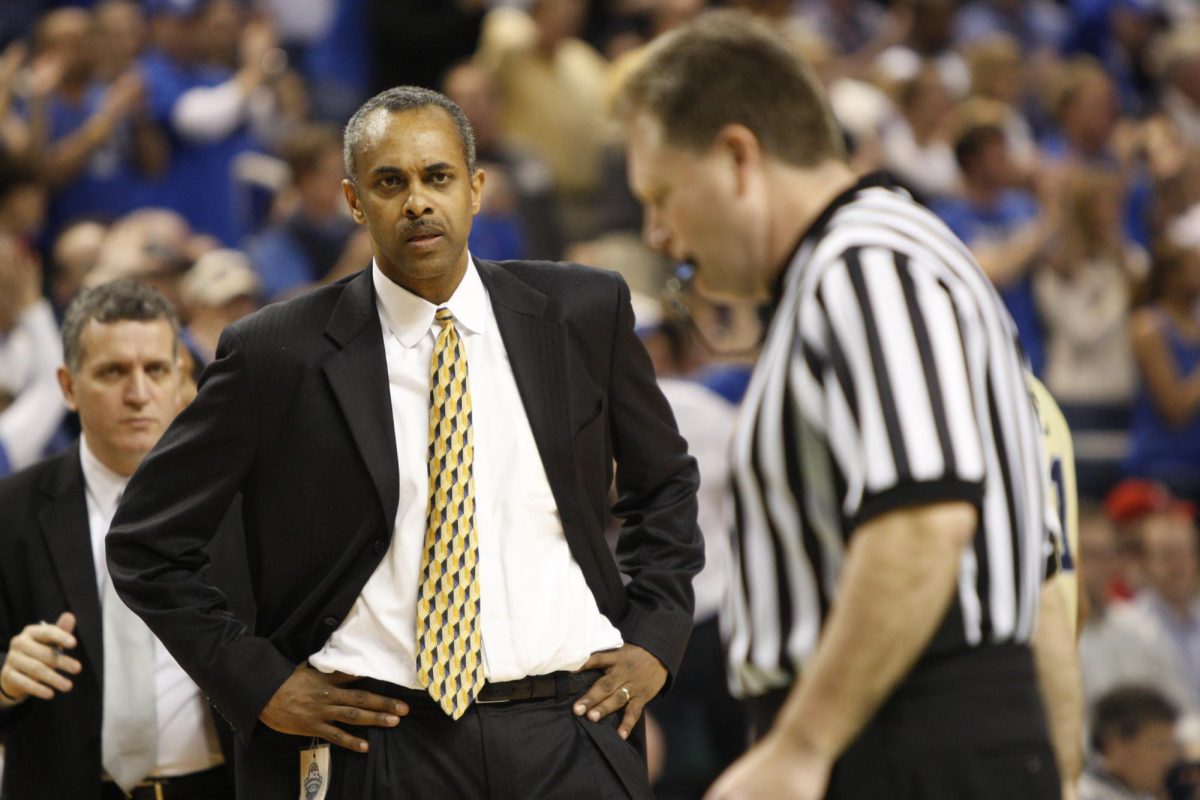
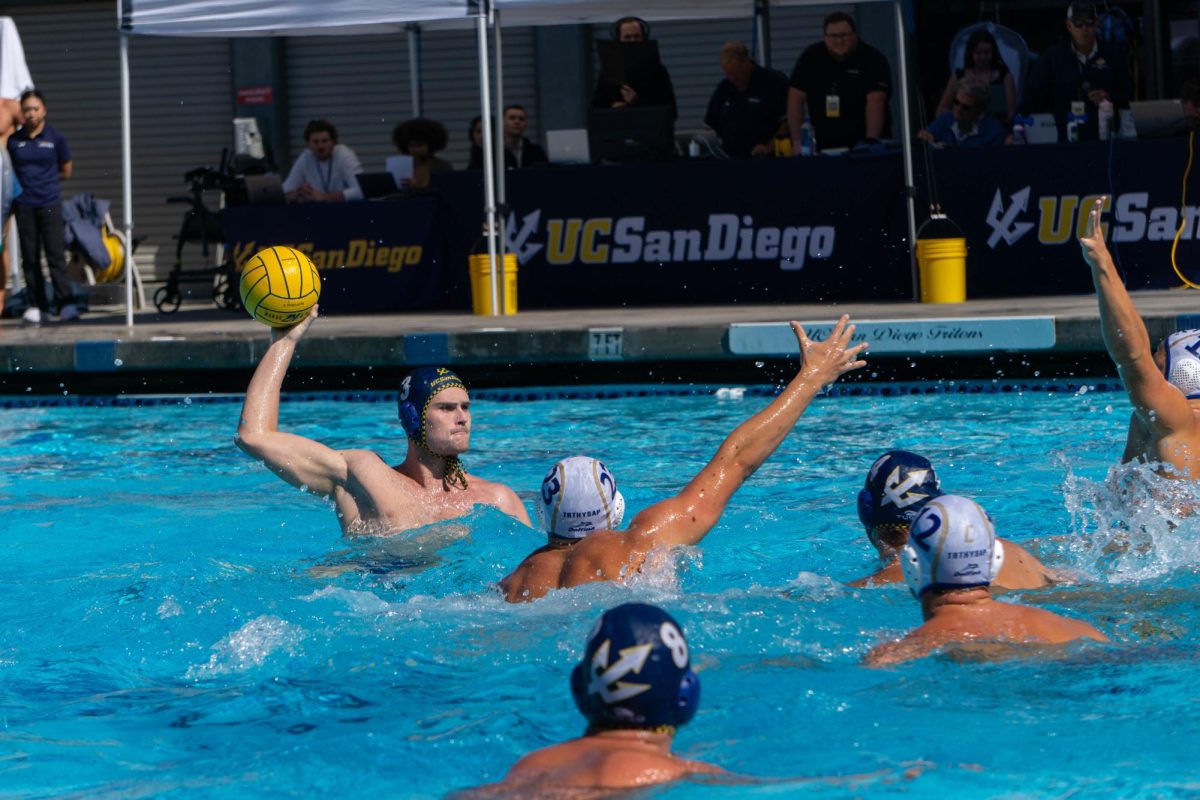
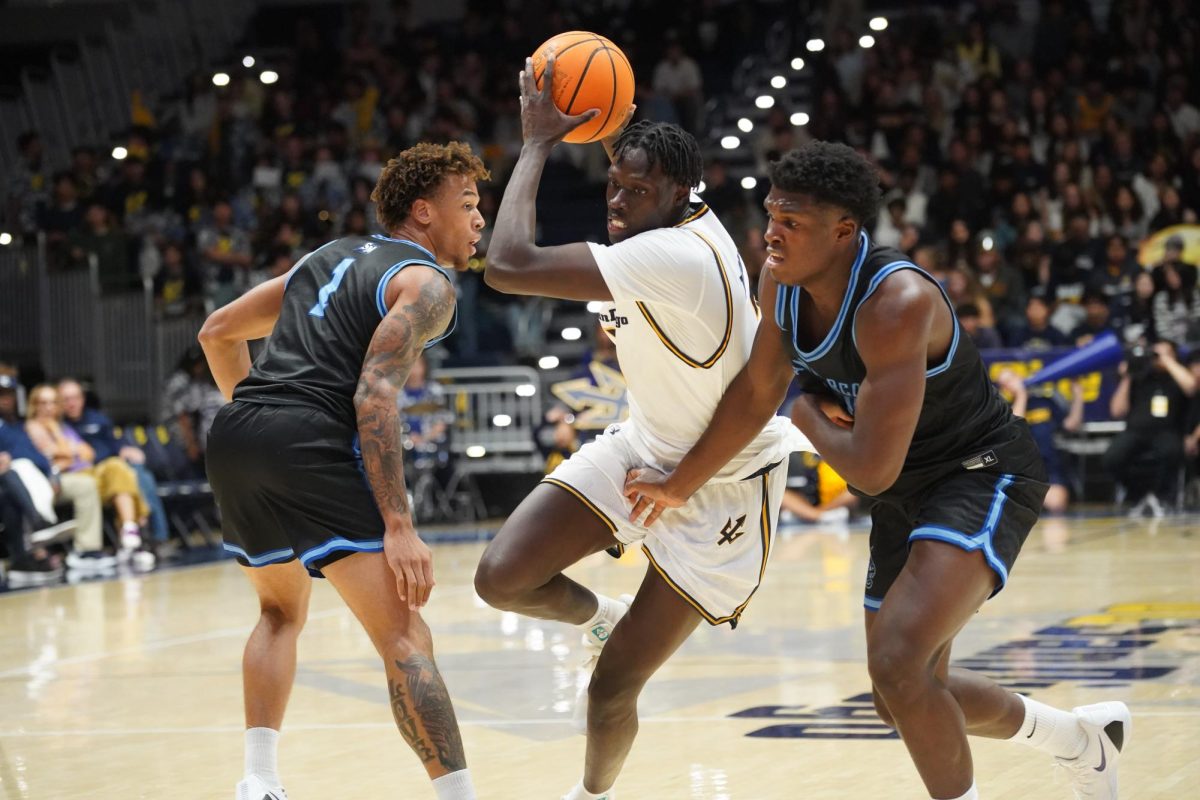

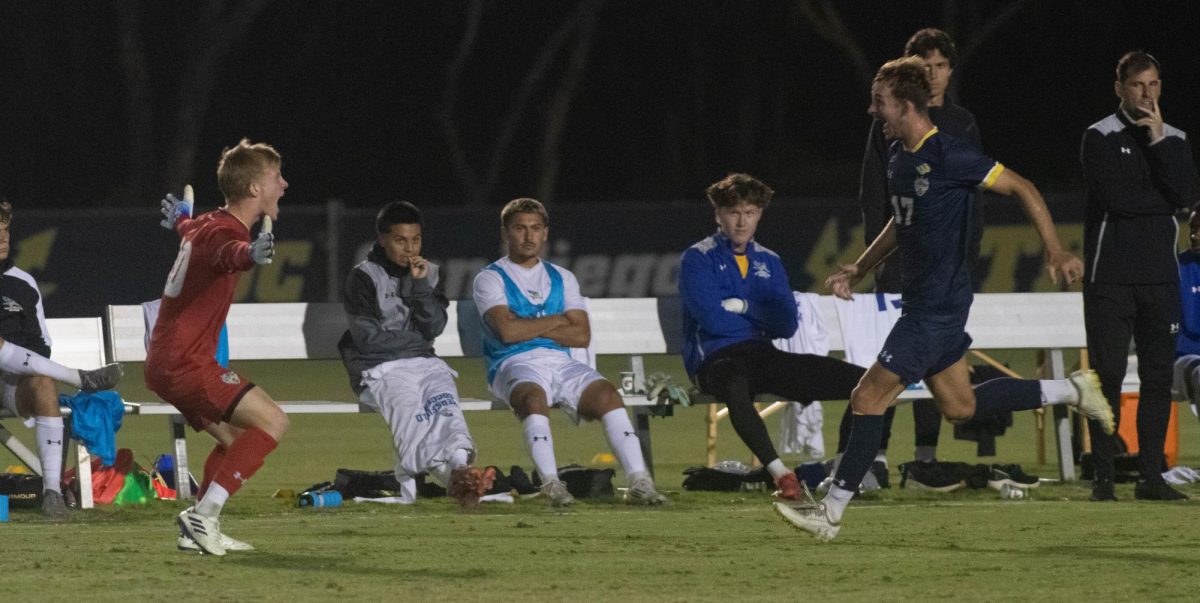
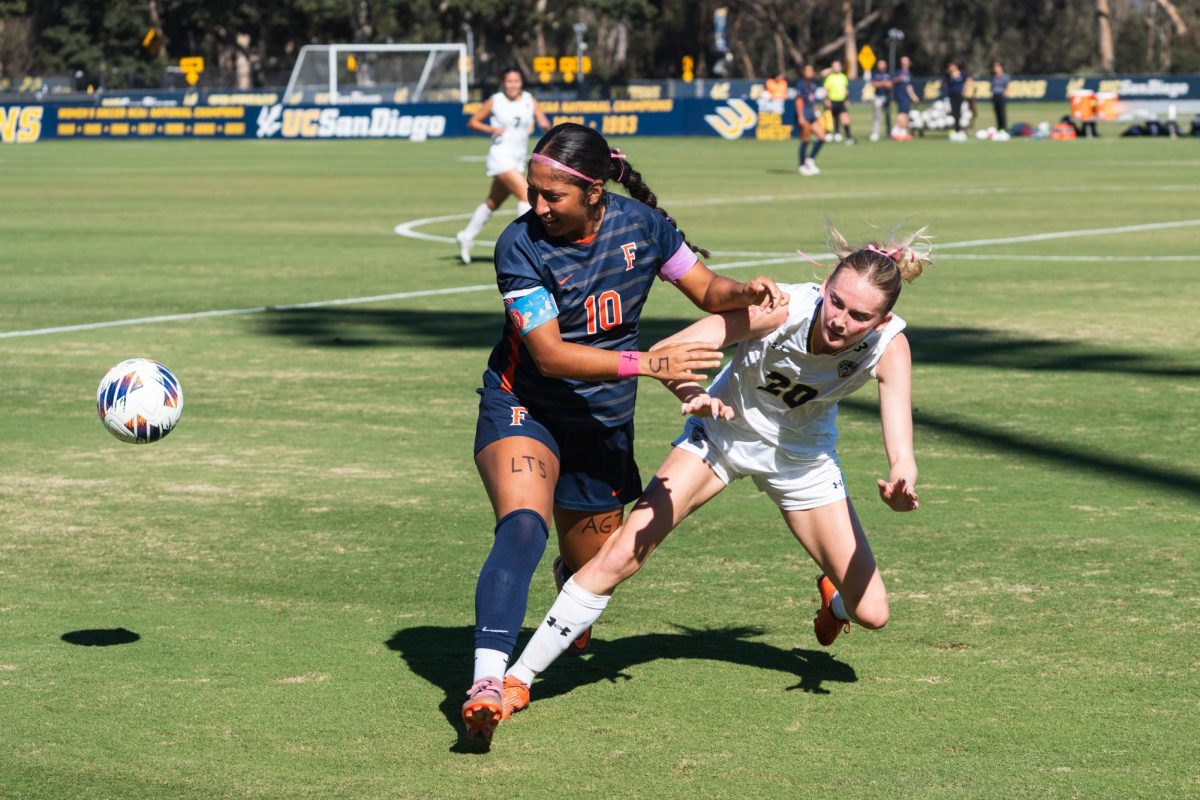
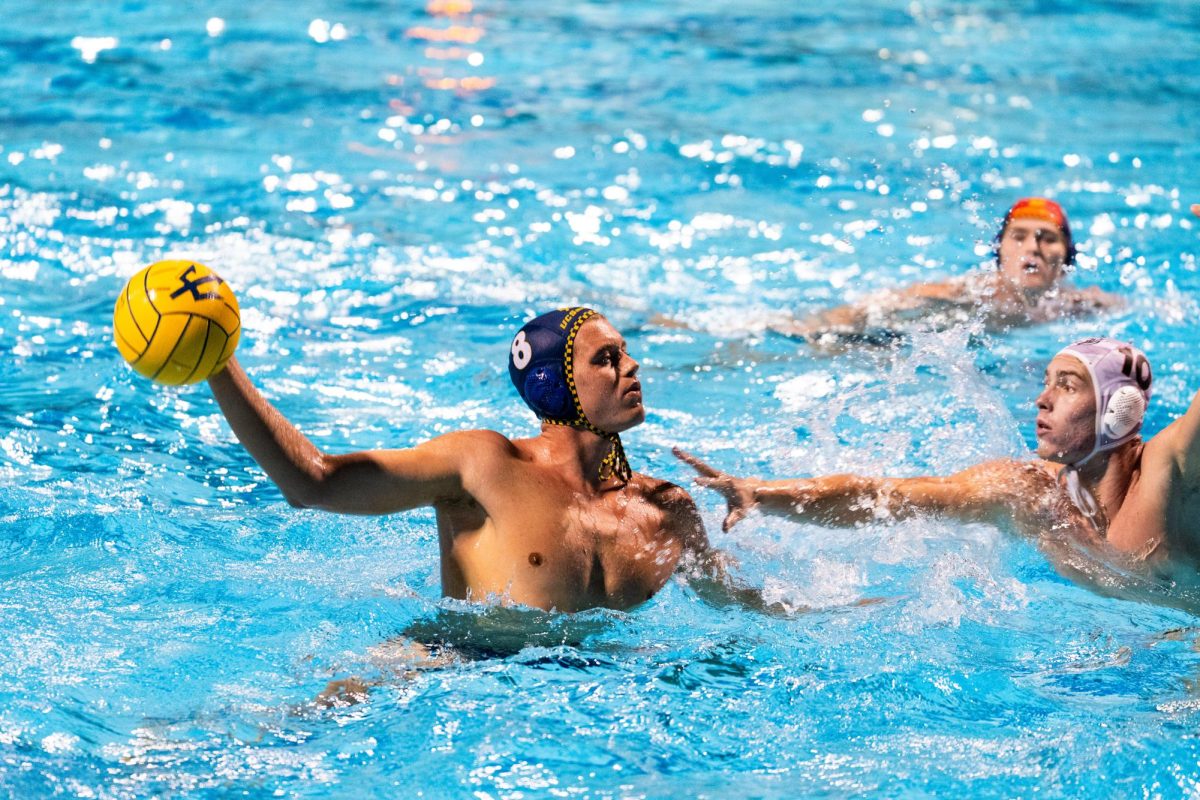
Alamelou • Nov 13, 2023 at 7:11 pm
An elegant article analyzing how a standard of excellence Can be set by a subtle act, an observation of how the coach’s suit plays in the psychology of the players and the game day mindset There is a lesson here.